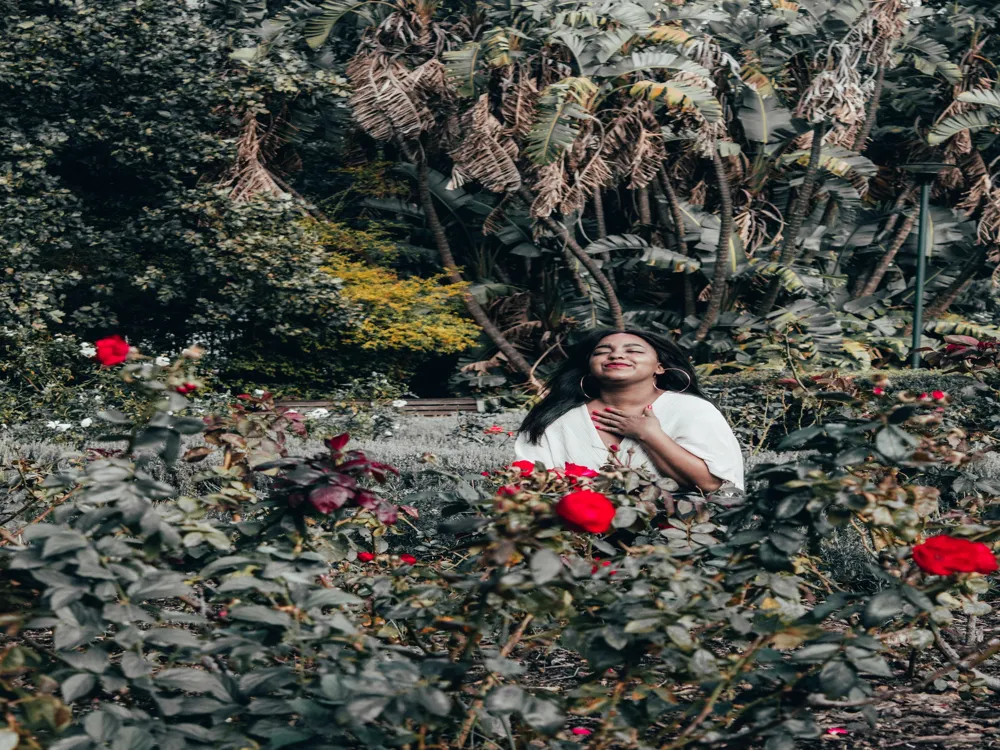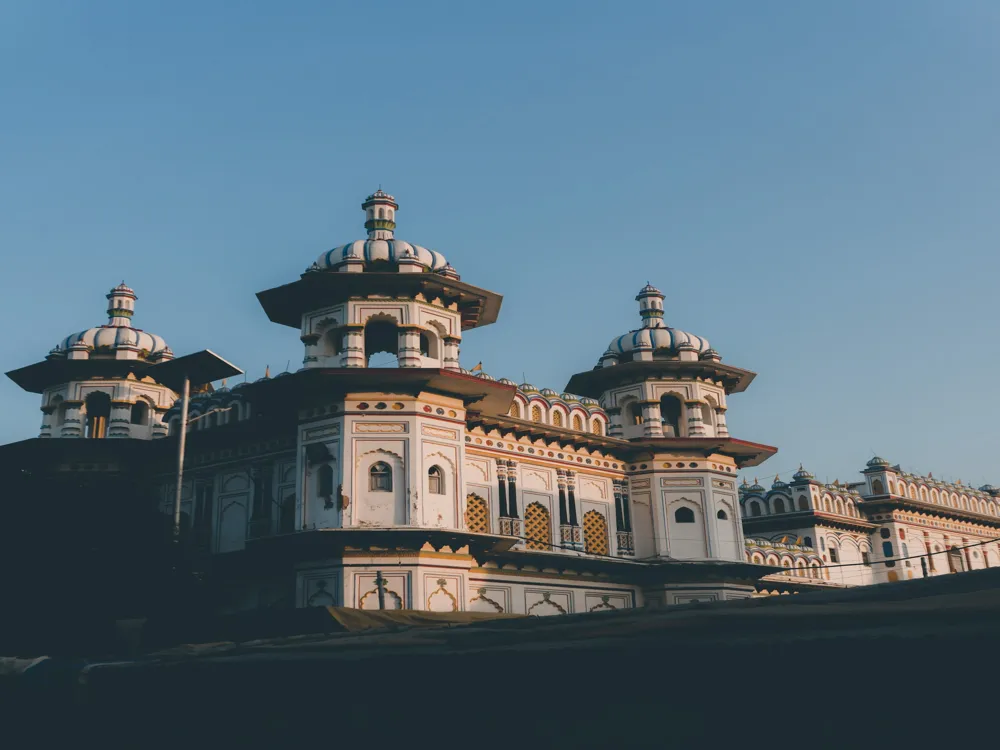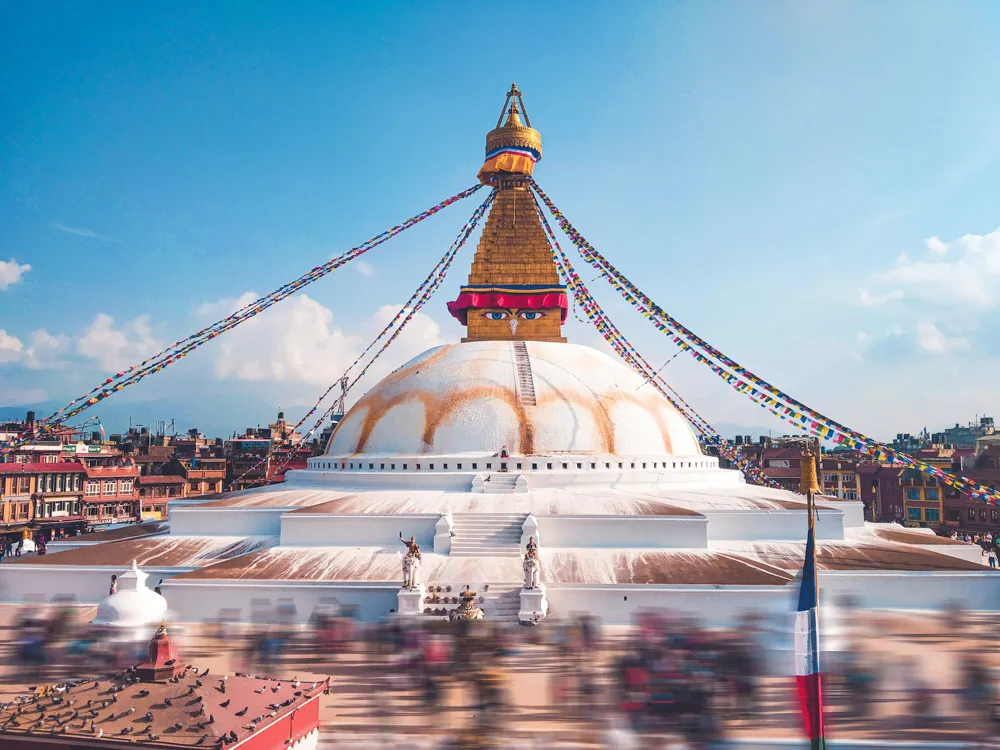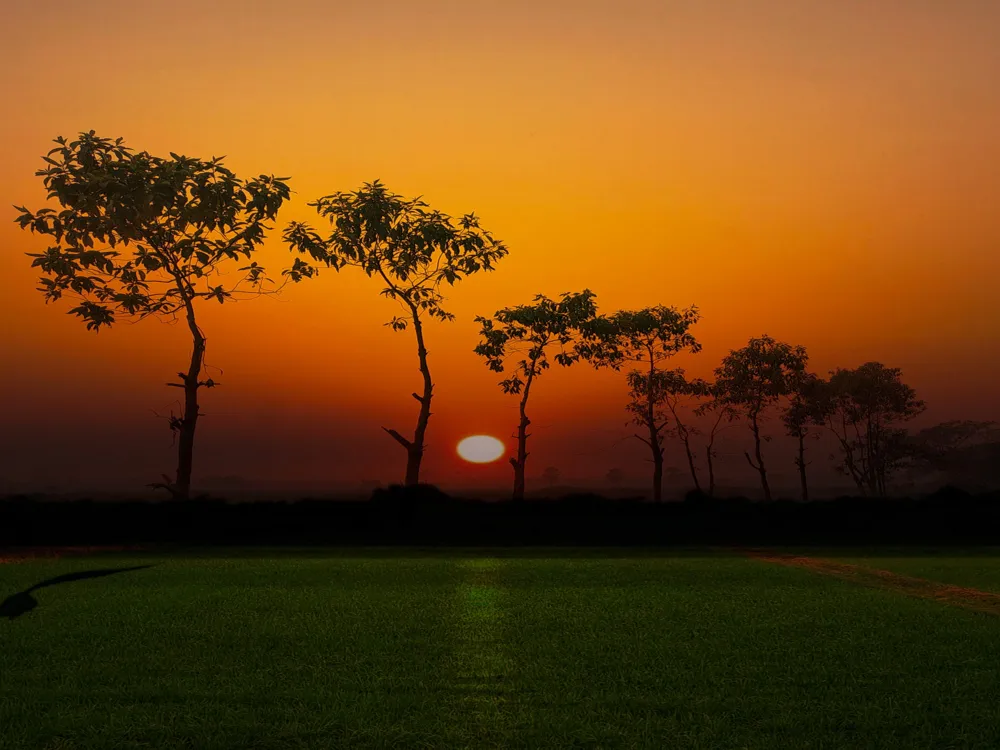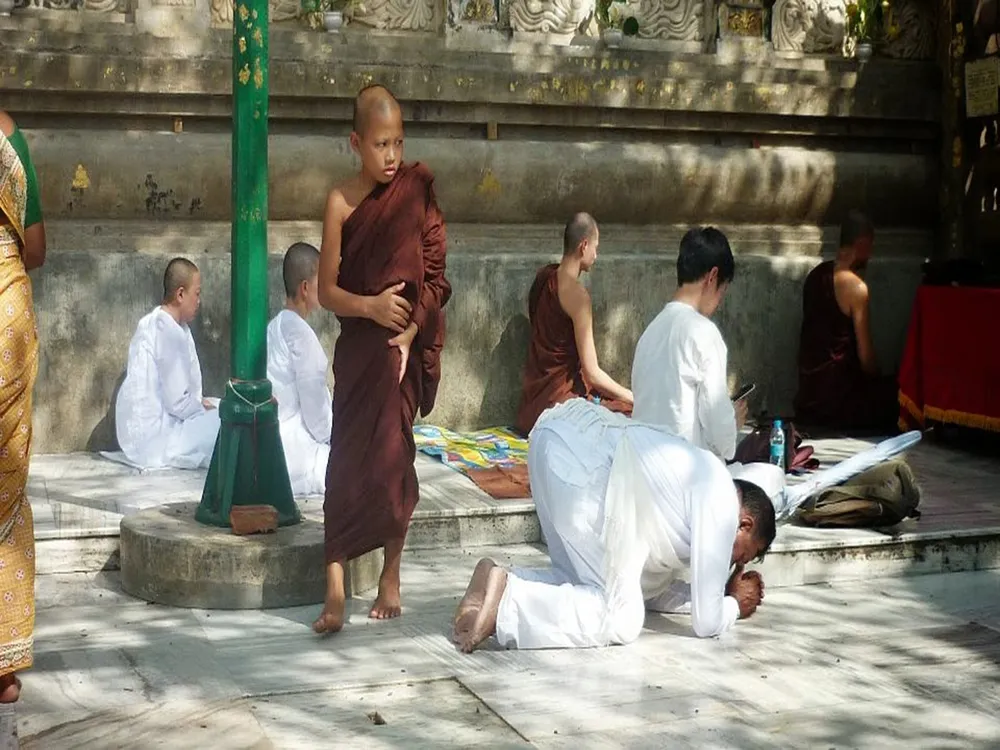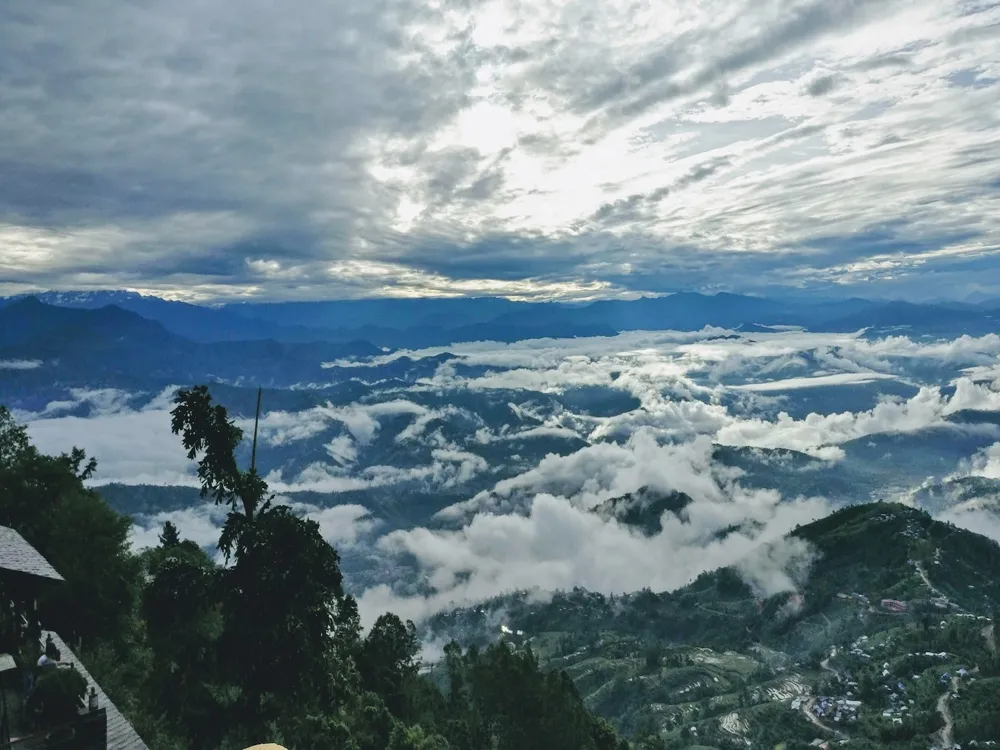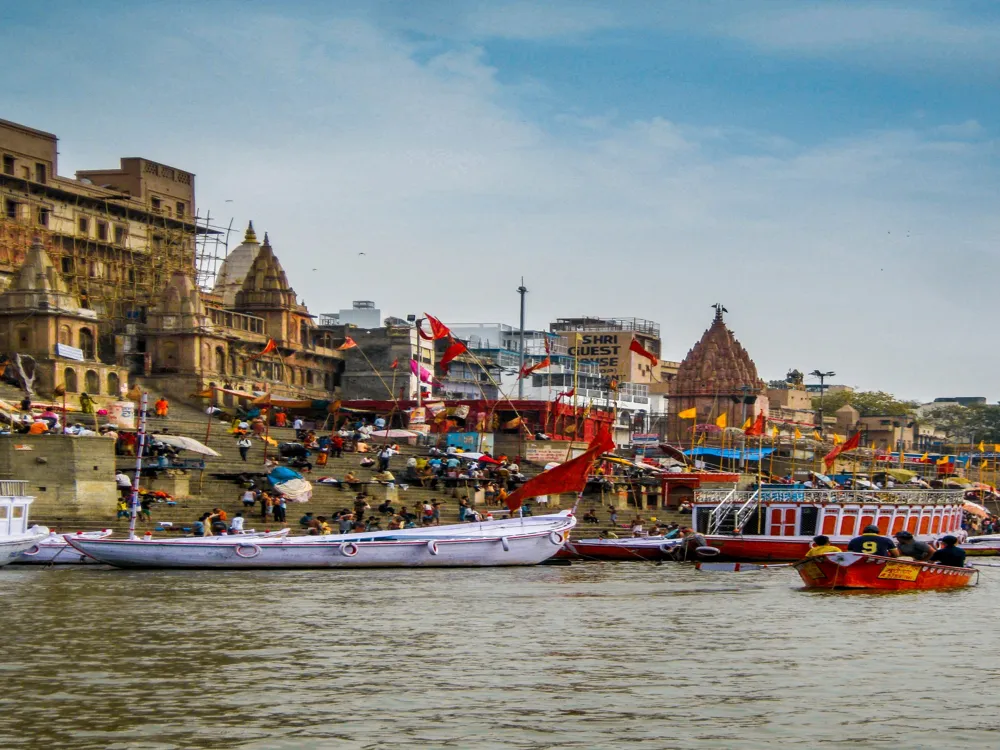The Devi Mandir in Muzaffarpur, Bihar, stands as a beacon of spiritual and cultural significance. This revered temple, dedicated to the Hindu Goddess Durga, attracts devotees from across India, offering a serene and sacred atmosphere. The temple's history is steeped in legends and local folklore, making it not just a place of worship but a repository of the region's rich heritage. The Devi Mandir is not only a religious site but also a social and cultural hub, playing a pivotal role in the lives of the people in Muzaffarpur and beyond.
The temple's origin dates back centuries, making it an integral part of Bihar's religious landscape. According to local beliefs, the temple was established by the divine intervention of Goddess Durga herself. Over the years, the temple has undergone various renovations and expansions, yet it has retained its original charm and spiritual essence. The Devi Mandir serves as a testament to the enduring faith and devotion of its followers and stands as a symbol of the timeless traditions of Hindu worship.
The annual celebrations at the Devi Mandir are a spectacle to behold. Festivals like Navaratri and Durga Puja see the temple and its surroundings come alive with vibrant rituals, traditional music, and dance performances. These festivals not only embody religious fervor but also showcase the rich tapestry of Indian culture and traditions. The temple premises also host various social and community events, further cementing its role as a cornerstone of societal interaction in the region.
Furthermore, the Devi Mandir is not just a place for spiritual solace but also a center for learning and spiritual discourse. The temple authorities organize regular events, workshops, and lectures on Hindu scriptures and philosophy, attracting scholars and devotees alike. The temple's library is a treasure trove of ancient manuscripts and religious texts, offering a wealth of knowledge to those interested in exploring the depths of Hindu theology and culture.
In conclusion, the Devi Mandir of Muzaffarpur is more than just a temple; it is a living, breathing symbol of India's spiritual heritage. Its rich history, cultural significance, and spiritual ambiance make it a must-visit destination for anyone seeking to experience the essence of Indian spirituality and culture.
The architecture of the Devi Mandir in Muzaffarpur is a splendid example of ancient Indian temple design, blending both aesthetic beauty and spiritual significance. The temple's structure is a harmonious fusion of various architectural styles, reflecting the historical and cultural influences over the centuries. Its intricate carvings, ornate sculptures, and majestic spires capture the essence of traditional Indian temple architecture.
At the heart of the temple's architectural marvel is the sanctum sanctorum, housing the revered idol of Goddess Durga. The idol, an exquisite work of art, is adorned with intricate jewelry and fine garments, embodying the divine grace and power of the Goddess. Surrounding the sanctum are several smaller shrines dedicated to other deities, each showcasing unique architectural elements and artistic craftsmanship.
The temple complex is designed with a deep understanding of Vastu Shastra, the ancient Indian science of architecture and space. The layout of the temple, including the placement of the sanctums, the assembly hall, and other ancillary structures, is in perfect alignment with Vastu principles, ensuring a harmonious flow of spiritual energy throughout the premises.
The walls of the Devi Mandir are adorned with frescoes and murals depicting various episodes from Hindu mythology, particularly focusing on the exploits of Goddess Durga. These artworks are not just visually stunning but also serve as a medium of storytelling, educating devotees about the rich mythological heritage of Hinduism.
The use of locally sourced materials in the temple's construction further adds to its charm and significance. The stones, woods, and metals used are imbued with the local artistry and craftsmanship, making the temple a true embodiment of the region's architectural traditions. The temple's construction techniques, passed down through generations, showcase the ingenuity and skill of the local artisans.
In summary, the architecture of the Devi Mandir in Muzaffarpur is a masterful blend of art, spirituality, and tradition. Its timeless beauty and intricate design not only attract devotees and tourists but also offer a glimpse into the rich architectural heritage of India.
Visitors to the Dev
Overview of Devi Mandir, Muzaffarpur, Bihar
Architecture of Devi Mandir, Muzaffarpur
Tips When Visiting Devi Mandir
Respecting Local Traditions and Customs
Devi Mandir
Muzaffarpur
Bihar
NaN onwards
View muzaffarpur Packages
Weather :
Tags : Temple
Timings : 4:00 AM - 11:00 PM
Planning a Trip? Ask Your Question
Muzaffarpur Travel Packages
View All Packages For Muzaffarpur
Top Hotel Collections for Muzaffarpur

Private Pool

Luxury Hotels

5-Star Hotels

Pet Friendly
Top Hotels Near Muzaffarpur
Other Top Ranking Places In Muzaffarpur
View All Places To Visit In muzaffarpur
View muzaffarpur Packages
Weather :
Tags : Temple
Timings : 4:00 AM - 11:00 PM
Planning a Trip? Ask Your Question
Muzaffarpur Travel Packages
View All Packages For Muzaffarpur
Top Hotel Collections for Muzaffarpur

Private Pool

Luxury Hotels

5-Star Hotels

Pet Friendly











